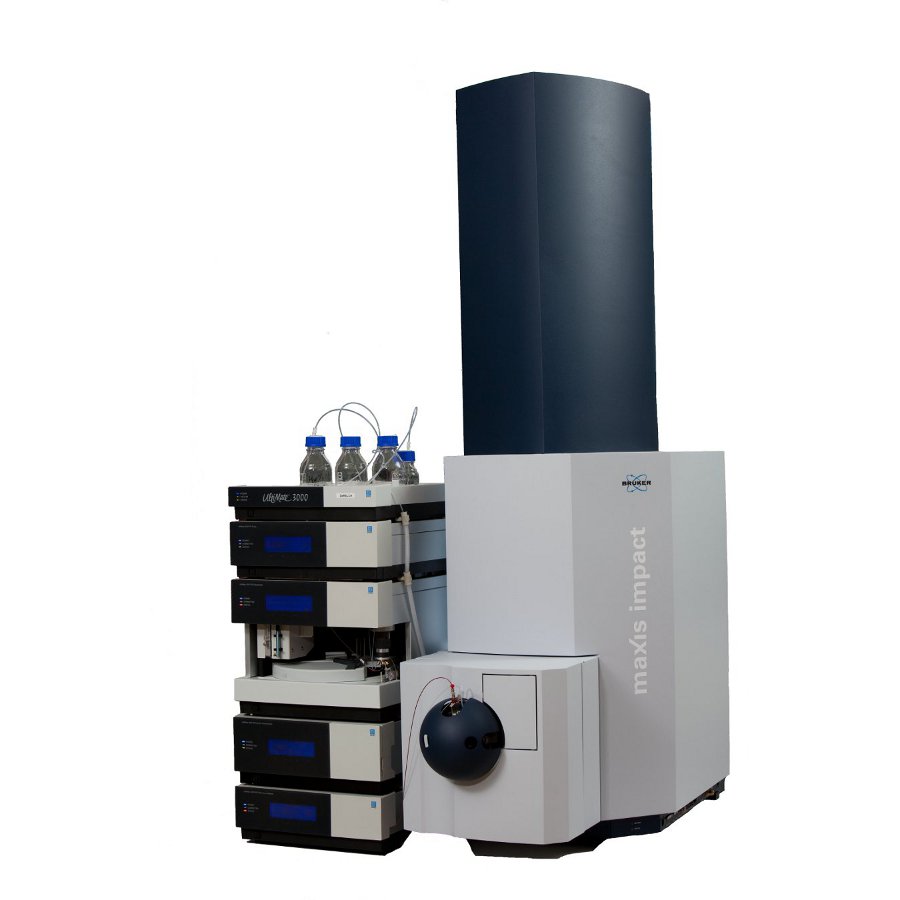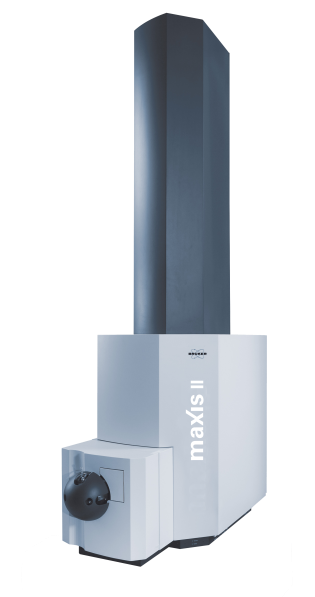
We provide services to the research community and beyond on both metabolomics and proteomics. These services range from individual sample analysis to large scale profiling of multiple samples. We can handle many different types of samples from biofluids to cell extracts. If you wish to carry out a more complete work on a specific project, please see "Meeting Your Need" or "Personal Omics".
Metabolomics Services
1. Chemical isotope labeling(CIL) LC-MS analysis of amine/phenol submetabolome and carboxylic acid submetabolome. Each category of compounds can be labeled with 12C reagent and a pool of all the samples can be labeled with 13C reagent and used as a reference for relative quantitation analysis. Metabolites are separated on reversed phase C18 column and analyzed on Bruker maXis Impact QTOF mass spectrometer.
2. Non-targeted LC-MS and LC-MS/MS analysis for metabolome characterization of various types of biological samples.
3. Metabolite identification and statistical analysis.
4. Lipidomic profiling of up to 4500 lipids. Relative quantification of lipids in comparative samples is performed by LC-MS. MS/MS identification of up to 450 lipids can be done.

Proteomics Services
1. Protein Identification
Protein samples are digested with the appropriate enzyme and the resulting peptides are analyzed using Waters nanoAcQUITY coupled to an captive spray source on a Bruker maXis II oTOF mass spectrometer. The Mascot search engine is used to search the acquired MS/MS spectra.
2. Quantitative Analysis
Stable Isotopic Labeling – 2MEGA (N-terminal dimethylation after lysine guanidination) labeling is performed to incorporate isotope tags to digested peptides. Protein relative abundance between samples is calculated based on its associate peptide intensity ratios.
Metabolic Labeling – Stable isotope labeling using amino acids in cell culture (SILAC) involved incorporation of isotopes through the use of media containing 13C or 15N labeled amino acids. Relative quantitation is based on the intensities of the light and heavy labeled peptides.
3. Posttranslational Modifications (PTMs)
Investigation of some common PTMs such as phosphorylation, acetylation, oxidation and methlation can be performed.